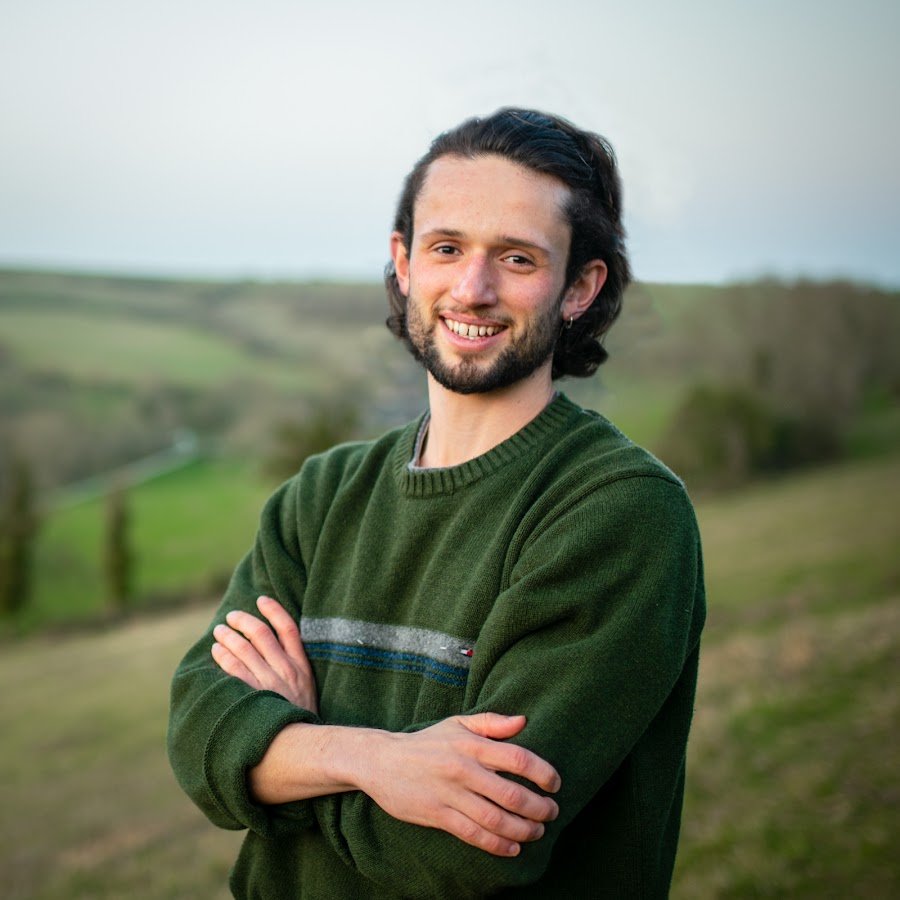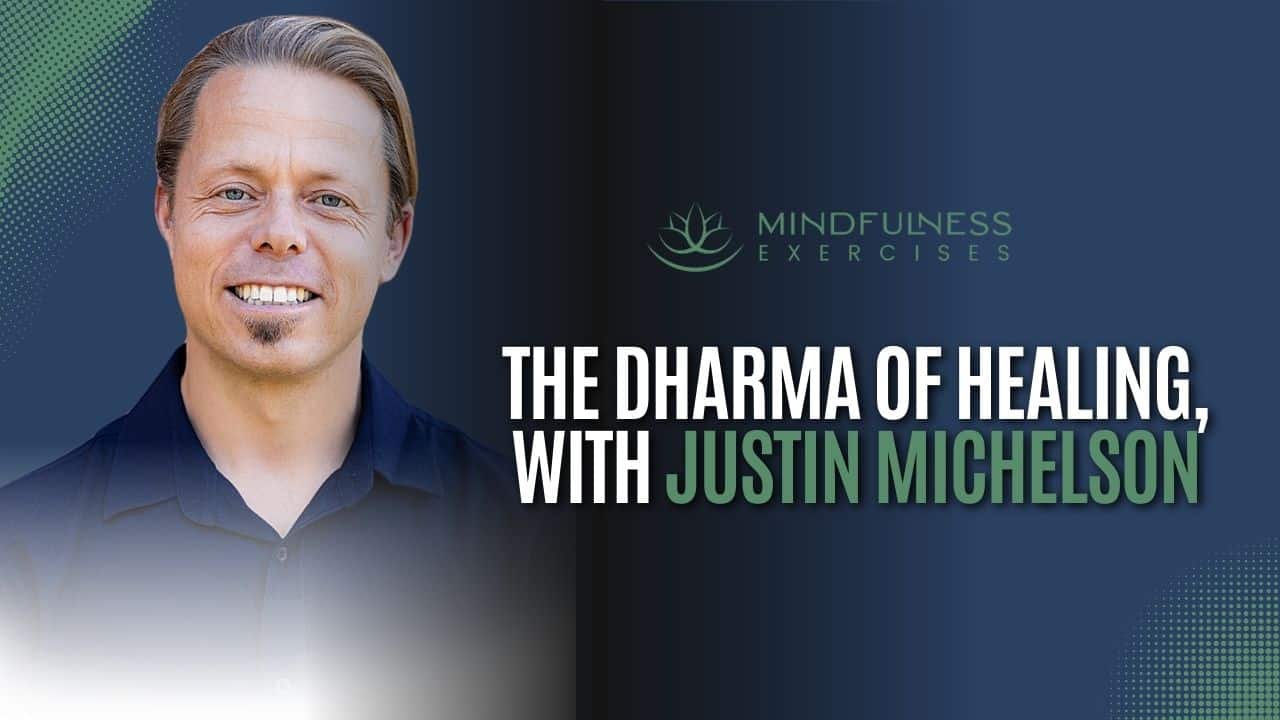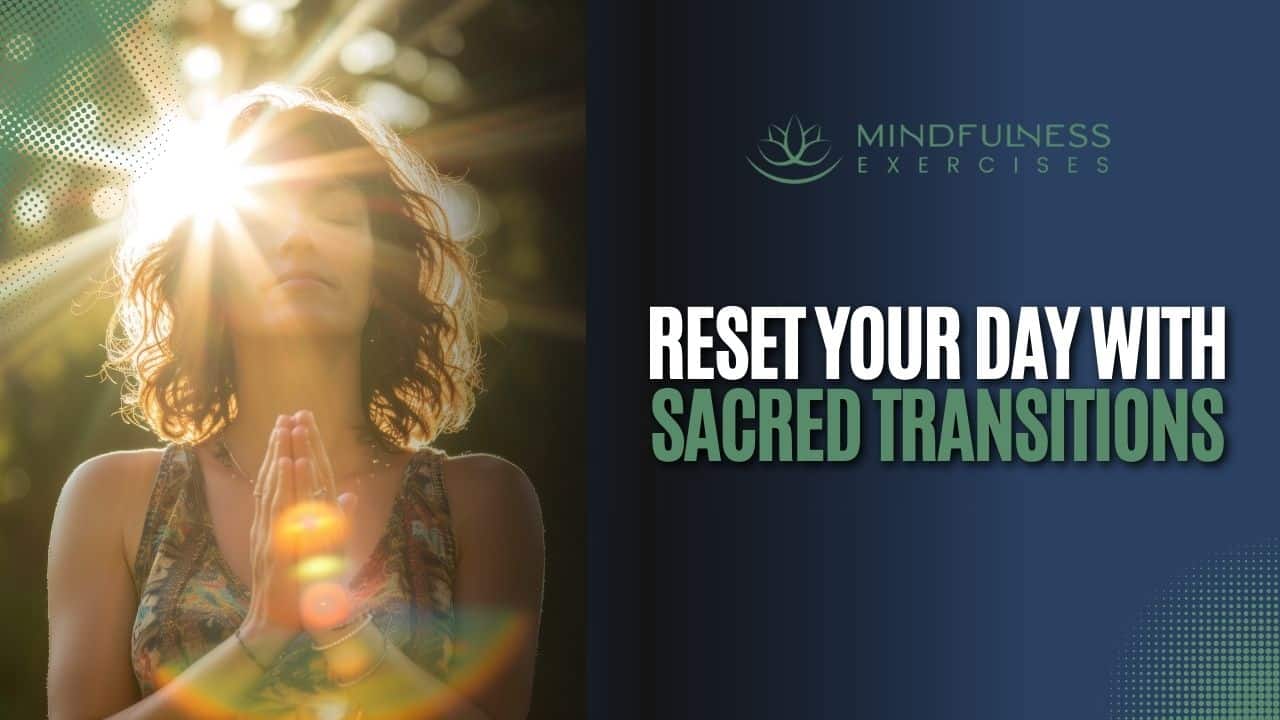Listen now

Like many of us, George Thompson once had a running story in his head that said he wasn’t likable, wasn’t successful enough, wasn’t good enough. Upon studying Taoism and practicing the mindful movement of Tai Chi, Thompson’s inner story began to change. He now uses the transformative power of stories to help others reconnect to their own.
In this episode, Sean Fargo speaks with George Thompson about how he found Tai Chi and his teacher, Master Gu. They discuss Thompson’s latest film, The Subtle Art of Losing Yourself. The film is a retelling of the story of our relationship with nature and addresses the root causes of environmental and mental health challenges.
Sponsored by our Mindfulness Meditation Teacher Certification Program
MindfulnessExercises.com/Certify
What You’ll Learn in This Episode:
Show Notes:
The inner self-critic we all share
George shares his early struggles with self-worth, anxiety, and an inner critic attached to social validation. Once personified as the “evil wizard,” he now more compassionately refers to this self-critical voice as the "troubled wizard." It’s this troubled voice that led him on his journey as a wayfinder, in pursuit of insight, practice and community.
Discovering Taoism and Tai Chi
At the young age of 21, feeling lost, George traveled to China in search of “kung fu,” strength and resilience. High in the Wudang Mountains, he was led instead to Master Gu, who taught him Tai Chi and Taoism. His experiences helped him reconnect with his body and cultivate self-compassion.
The significant role of movement
Through ancient practices like Tai Chi and Qigong, George began to get out of his head and cultivate more of an embodied presence. He shifted from identifying with his anxieties to recognizing thoughts and feelings as transient experiences. For him, this was a key first step in getting to know his true nature.
Cultivating breath-to-movement connection
The breath is connected to our heart, mind, nervous system, and our life energy. By working with the breath in relationship to movement, we can help emotions like anxiety and depression move, flow and change. Moving with the breath can help us show up with more energy and joy in life.
Taoism as a path to self-compassion
As George continues to meditate and study Taoist philosophy, he uncovers more about his deepest, most authentic self. These practices have helped him move from self-judgment to a more expansive awareness. He emphasizes befriending the inner critic and responding with compassion and wisdom.
The wisdom found in observing nature
George shares a story about a rainy-day moment with a toad and what it taught him about his freeze response, a holdover from childhood that continues to affect his relationships today. The anecdote is just one example of the power of spending time in nature, where we are invited to recognize our interconnectedness and open to awe and wonder.
Retelling the story of who we are
George's film, The Subtle Art of Losing Yourself, touches on the importance of rethinking our relationship with nature and addressing the root causes of environmental and mental health challenges. Any approach to environmental issues that view nature as separate from humanity is destined to be ineffective. Instead, it’s time for a shift in the fundamental stories we tell about who we are.
The transformative power of stories
Storytelling shapes our understanding of ourselves and the world and can be particularly effective as a tool for awakening love and connection. In his film, George guides viewers through an experience of observing the natural world. This journey is evocative of emotion, which can be far more powerful as an agent for change than simply stating facts.
Using stories to help others find their own
As mindfulness and meditation guides, we know our role is not to teach by telling people what to do or how to think, but by guiding others to their own experience of the truth. George reflects this same energy in how he approaches filmmaking. For George, sharing stories with authenticity and an energy of service creates space for people to experience their own transformation.
Favorite Quotes:
"Breath and movement together create a powerful rhythm—a rhythm that not only grounds us but transforms us."
"Nature teaches us that we're part of something greater, and in that connection, we can find our deepest calm and clarity."
"Storytelling is a bridge between where we are and where we want to be, allowing us to reframe our experience with wisdom and compassion."
"When we open ourselves to the full expression of life, whether it's in the natural world or in the stories we tell, we open ourselves to deeper healing."
"Mindfulness is not about escaping the world but becoming more fully present in it, understanding our place in the greater web of life."
Additional Resources:

About George Thompson:
George Thompson is a filmmaker and tai chi teacher on a journey to share Taoist philosophy and explore some of the biggest personal and collective challenges facing us today. He shares what he has learned in a down-to-earth, fun and accessible way.
Over 250,000 YouTube subscribers have joined him on his journey, and millions have watched his films. His latest film, The Subtle Art of Losing Yourself will be released in October of 2024. It has received praise from meditation teachers Tara Brach and Jack Kornfield and the Greater Good Science Center’s Dachar Keltner. George is also the filmmaker behind the Wudang Taoist Wellness Academy’s online platform. The online academy allows anyone, worldwide, to learn from Master Gu, a 15th generation San Feng Pai Tai Chi Master.



